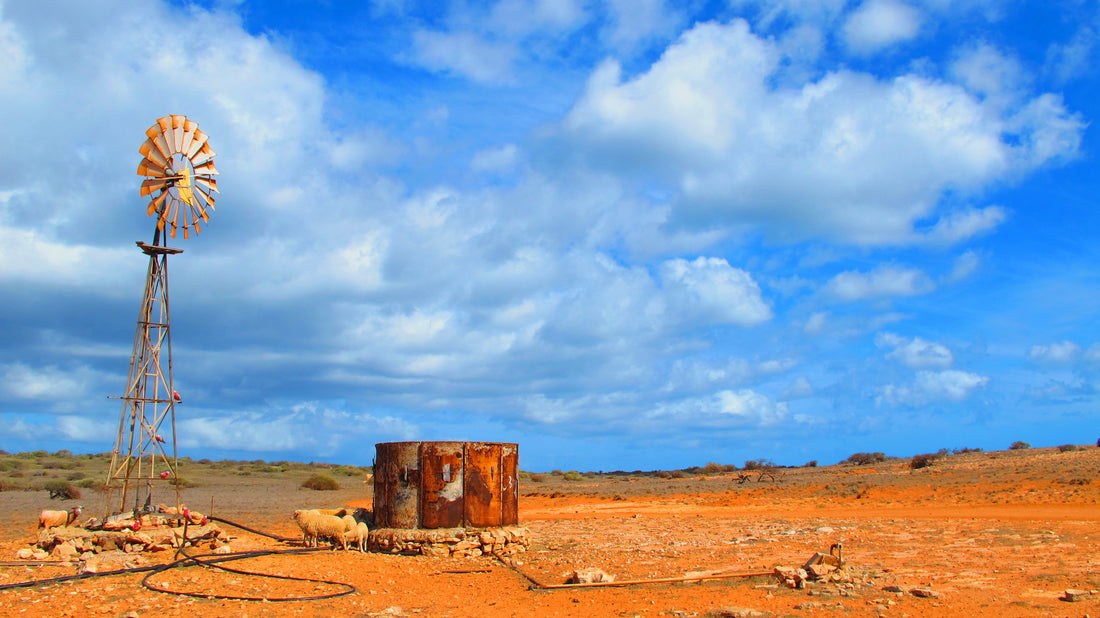
Greenhouse Damage linked to Drought as Early as the 1800s
Share
We have now discovered evidence that human-influenced climate change has affected drought and precipitation as early as the 1800s.
The trend has been extrapolated over time and is now synonymous with the levels we are finding today, strengthening the claim that we have undoubtedly influenced the planet negatively since much earlier than first thought.
Data collected in soil, trees, and climate models all point to a relative data set in our environment today providing accurate projections to our current dire situation.

The trend has not slowed or plateaued, with the human fingerprint on drought and precipitation becoming more egregious over time.
Experts in the Goddard Institute for Space Studies (GISS) have determined the picture for our impact on drought conditions are extremely "high quality".
The records go back centuries and account for extraneous variables such as volcanic activity to provide a greater quality projection of the human influence on drought.

The data proves greenhouse gas emissions even in the early 1800s were having an effect on temperature and rainfall all across the planet via using drought atlases that produce a global drought atlas. Signals define where the effects are most severe, and more importantly if droughts were happening simultaneously.
The atlas showed that drought severity was and still is happening to the same degree in different places all over the world, meaning that the human influence on drought is unified and occurred earlier than we thought.

As temperatures continue to rise the same atlas model is predicting more severe droughts more frequently with a very mall chance for error. This will invariably lead to less farming, water shortages, impacts on health including the spread of disease, and heightened global conflict in the fight for water.
Share the message on social media to create more awareness on this issue affecting Australians every single day.
#Space_Aus
Read more here:
-
Human influence on global droughts goes back 100 years, NASA study finds
NASA/Goddard Space Flight Center, ScienceDaily,2019
-
Global Land Precipitation Increases In 20th Century, NASA Scientists Find
National Aeronautics And Space Administration,ScienceDaily, 1997
-
Agricultural Pest Management Policies during Drought: Case Studies in Australia and the State of Palestine
Yohannes Yihdego et al., Natural Hazards Review,2018
-
Effects of climate changes on dust aerosol over East Asia from RegCM3
Dong-FengZhanga, Advances in Climate Change Research, 2016




